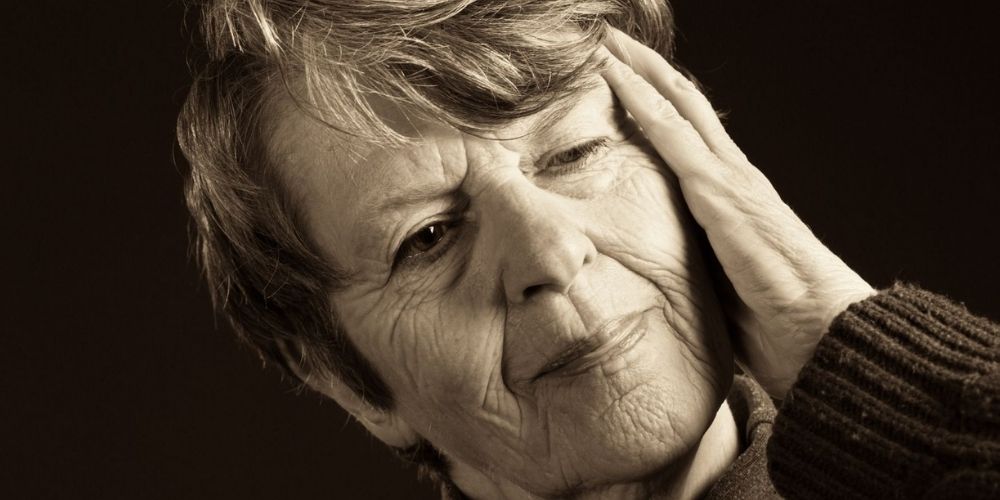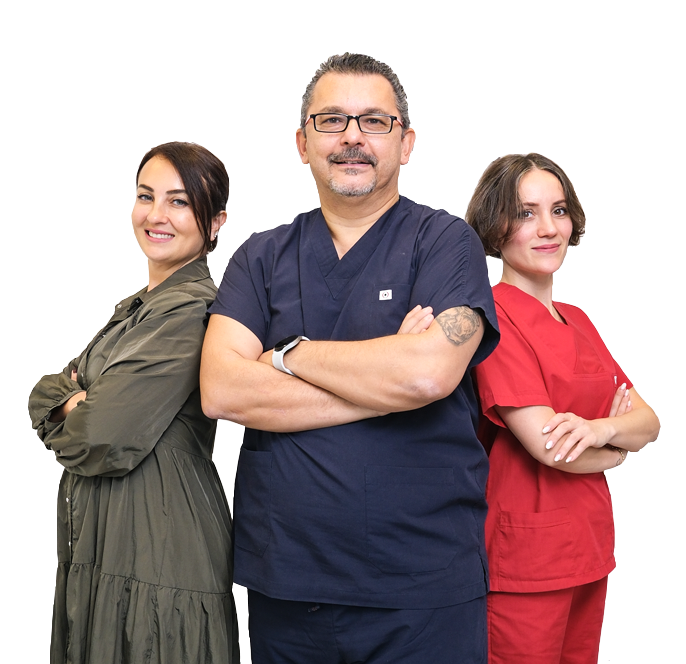Is there an age limitation for Varicose Veins Surgery?

Question: I am 80 years old. Should I have varicose veins surgery?
Answer: Oh dear, what do you need? Will you live another 80 years?
Yes, in our world where the classical approach is in the form of this question and answer, this approach has changed as well as all approaches have changed in the last 15-20 years. Assuming that there are people over the age of 100, including our country, today, the number of Centenarians, that is, people over the age of 100, is expected to be 343,000 in 2012 worldwide, and 3.7 million in 2050, according to the United Nations figures. When we think about these numbers, I think we should approach it more carefully.
While discussing this issue, I want to answer in a more scientific way and want to share the summary of an article published in March 2020 in the journal of vascular surgery, one of the important journals on vascular surgery, in the journal Venous and Lymphatic Diseases.
Title of article: Approaches in Varicose Vein Surgery in the Elderly
In this article, they recruited 48,615 patients who had open or closed varicose surgery between 2005 and 2017 in the archive of the national surgical quality improvement program.
Of these, 18.9% (9177 people) are between the ages of 65 and 79, and 2.4%, or 1180 of them, are in the 80 age group. A striking feature here is that while the number of applications in the 65-79 age group was 12.8% between 2005 and 2006, the rate of applications in the same age group increased by 22.33% in 2017.
When the results were examined, it was seen that while the risk of additional disease, which we call cofactors, was high in the age group of 80 years, this group of patients was mostly treated with laser and the reason for admission was mostly venous ulcers, namely open wounds. It was observed that general anesthesia was preferred less in this patient group than in younger patients. While mortality, that is, death, is 2 per 10 thousand, no significant difference was found between the age groups.
Characteristics found to be significant as risk factors; While dialysis dependent patients were shown as general anesthesia applications, open surgery and laser in the same session, no age-related difference was found among the risk groups among age groups.
In conclusion, this article shows that venous surgery can be performed safely in all age groups, and this safety margin has increased. As a warning, they say that general anesthesia should be avoided at the age of 80 and above, and dialysis patients should be approached carefully.
When it comes to my approach, I act in a triple approach as usual. In other words, the patient's complaints, my examination findings, and the result of ultrasonography. As will be appreciated, since a patient over the age of 75 will have many auxiliary pain or edema factors, it would be a wrong approach to associate the complaints completely with CVI For this reason, if the patient does not have obvious varicose veins, if there is no clot, if there is no varicose ulcer, that is, if there is no wound on the leg, if the vessel diameter does not exceed 10 millimeters in ultrasonography; I'm approaching a little more Turkish style, that is, will you live for 80 more years and I leave the choice to the patient.
Exactly, I am saying the following: "If God has given you a life of one or two years and we do not have many complaints, this surgery will be in vain. But when we think that the average age has risen a lot and that life expectancy has increased in parallel with the developments in medicine, if God gave you 20 more years of life, this surgery will become more risky and more difficult as you get older, and your chances of experiencing possible complications related to your varicose veins will be much higher. In this case, surgery is required. I recommend compression socks, medicine, varicose veins cream, exercise suitable for them.
Let's talk about some of the possible complications:
- Serious blood clots called deep vein thrombosis
- Venous ulcer, i.e. non-healing wounds
- Vein rupture and bleeding
- Painful,
- Difficulty in walking
- Difficulty in standing
- Discoloration in the skin
- Edema
- Restless legs syndrome.






